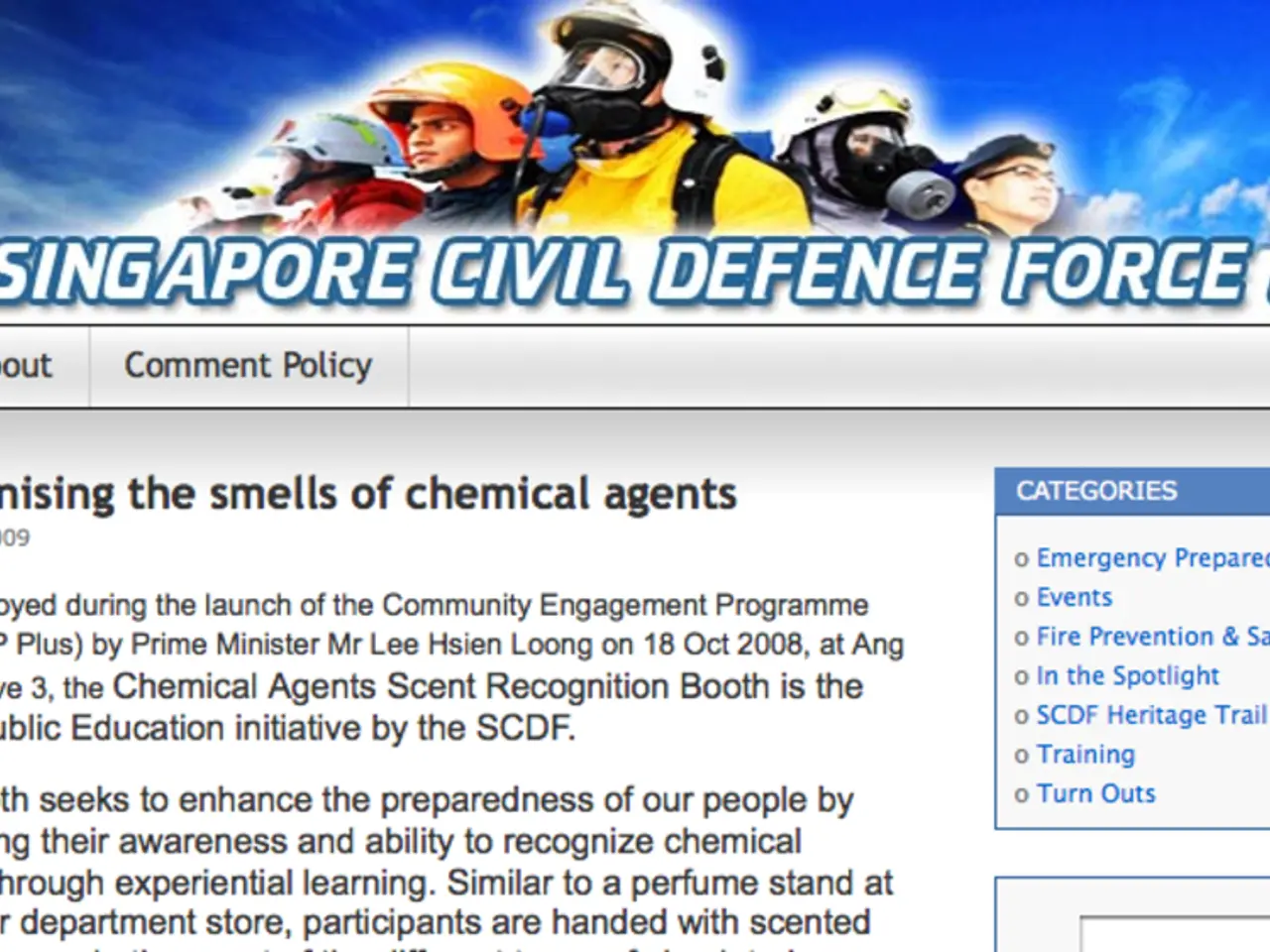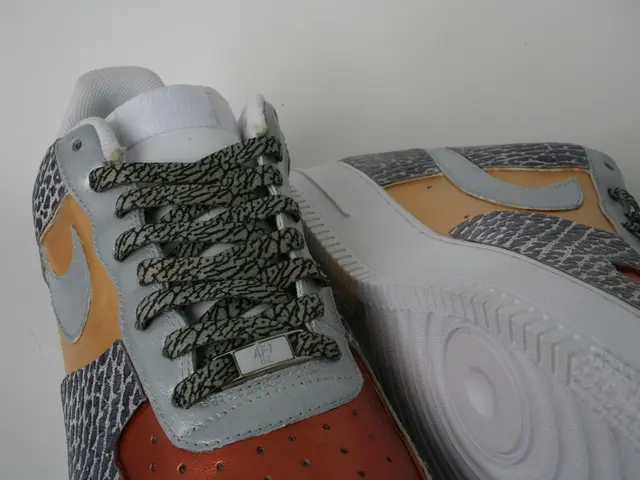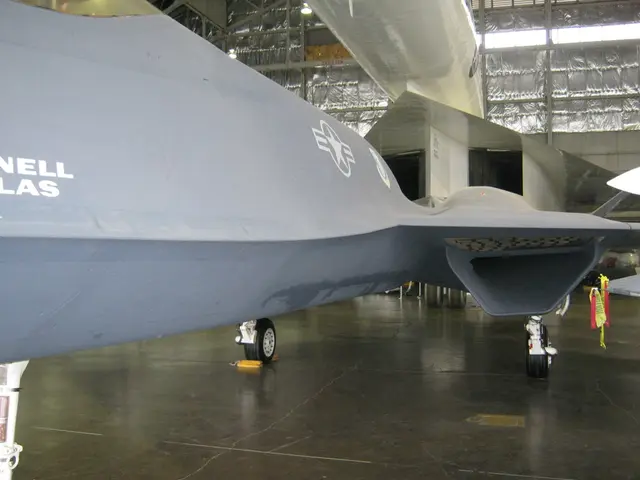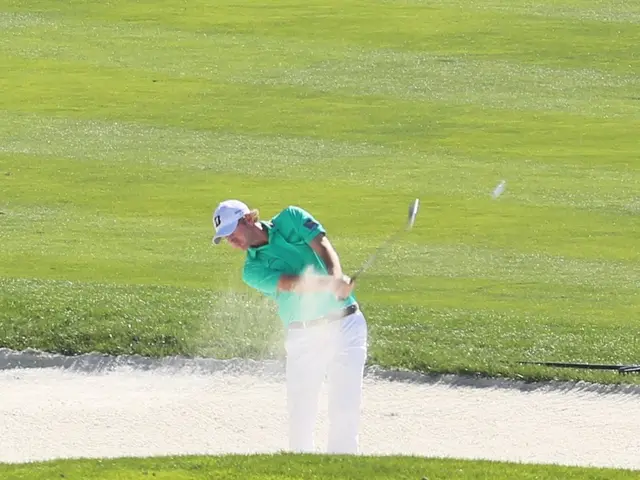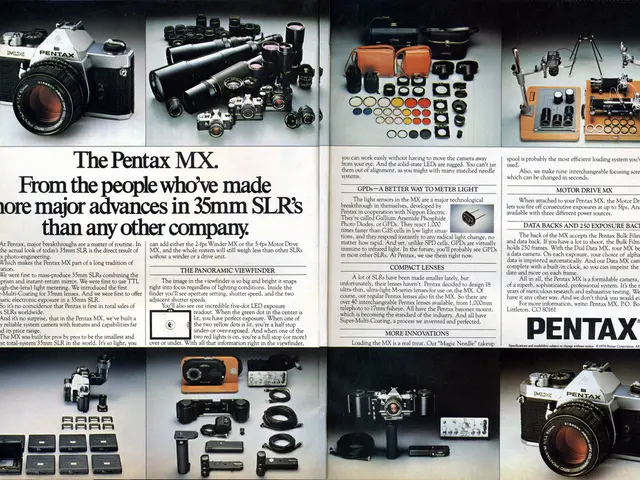Building a Website for a Blogger: A Step-by-Step Guide
In the world of blogging, WordPress stands out as a powerful and versatile platform. Whether you're a seasoned blogger or just starting out, this guide will walk you through the essentials of customising and monetising your WordPress blog.
Customising Your WordPress Blog
One of the key features that make WordPress a favourite among bloggers is its extensive library of themes. Astra, for instance, is a popular lightweight theme with a responsive design, optimised for speed and SEO, and includes a performance analyser. To install Astra or any other theme, you can do so easily through the WordPress dashboard, by searching for themes using keywords or using the Appearance > Themes menu.
Once installed, a theme must be activated. Some themes may require a plugin to function properly. The custom permalink structure option allows adding a category, tag, or year to the permalink, while the numeric permalink structure uses a variable to organise information.
Monetising Your WordPress Blog
Monetising your blog can be achieved through various strategies. Affiliate marketing, for example, is a popular choice due to its ease of setup and the fact that it doesn't require any products to sell. Another strategy is selling products and courses on your blog, such as supplements, ebooks, or online courses.
Managing Media Files
Media files, including images, videos, audio, and documents, play a crucial role in enhancing the user experience of your blog. The WordPress editor features a Media Library tab for browsing and uploading new files, and a grid of thumbnail images when the Media Library tab is opened. Media files can be added to a post using the Add Media button, and you can even flip, rotate, and resize them within the editor.
It's important to ensure that media files are properly formatted and optimised for web use to ensure fast loading times and a good user experience. Regularly updating and backing up media files is also crucial to ensure the website remains secure and functional.
Installing Plugins
Plugins are an excellent way to make blogging easier. They can be installed either manually using FTP or from the WordPress dashboard. Recommended plugins for a blogger's blog include Blog Designer for stylish post layouts and customisation, WP Table Builder for creating responsive tables, Content Upcycle to refresh old posts and improve SEO, Elementor for easy drag-and-drop page design without coding, and Blog Manager for WordPress for dynamic blog presentation options.
Caution When Making Changes
When changing the structure of your website, it's important to do it carefully, on a staging site, and to back up the website before making changes. This will help minimise potential issues and ensure a smooth transition.
By following these guidelines, you'll be well on your way to creating a successful and engaging WordPress blog. Happy blogging!
Read also:
- Understanding Hemorrhagic Gastroenteritis: Key Facts
- Stopping Osteoporosis Treatment: Timeline Considerations
- Expanded Community Health Involvement by CK Birla Hospitals, Jaipur, Maintained Through Consistent Outreach Programs Across Rajasthan
- Abdominal Fat Accumulation: Causes and Strategies for Reduction
